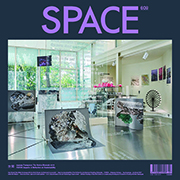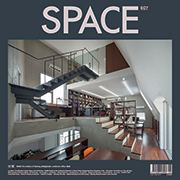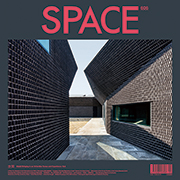The 20th Space Prize for International Students of Architecture Design
- URBAN VOID -
SUBJECT
URBAN VOID
Since a few of decades, our cities have been built or changed with overconfidence in uses, functions and speed. How is our life in such cities that have grown corpulent? Increasing urban crimes, traffic congestions, destroyed ecology and air pollution all threaten our life more than before. Moreover, our communities being more and more fragmented portray a pessimistic future. Such a pessimism is more conspicuous in our modern cities which have been created according to their suspicious master plans. How about changing the concept integrating a city? Richard Sennett says;
“ … decentralized democracy does not aim at centralized power..... It regards differentiations as momentum for development........ decentralized democracy also has a visual dimension. Democratic vision may prefer the jumbled, polyglot architecture of neighborhoods to the symbolic statements made by big, central buildings. ... The result of visual, decentralized democracy should be, ultimately, to shatter those images which attempt to represent city as a whole...."
(Richard Sennett, the space of democracy, 1998, The University of Michigan )
Maybe, the age requiring objects or symbols is already passing by. In order to understand a city, it is not necessary to grasp every corner of the city, which means that parts of the city are more important.
Assuming such a position, let's shift our viewpoints to an urban space which characterizes our urban community. Apart from such seemingly important elements of our urban space as plazas, avenues, parks or other well-planned spaces, let's look at the voids between buildings, distorted roads, accidental empty lots or the zones prohibited or underdeveloped. They are vague or deserted. For various reasons, they have no particular uses. However, can we find a new possibility in such indeterminate spaces? Such basically empty spaces (voids, vacant spaces, gaps, niches, interstices, empty lots, etc.,) are already multi-readable but important architectural landscapes. So, let's see to it that they function in our cities. Let's call them 'urban voids', and thereby, reinterpret their relationship with the existing cities to find a new architectural possibility.
- Seung, H-Sang
GRAND PRIZE
.jpg)
Lee Jung Eun, Kim Sung Sin, Kim Hyun Ha
Inha University
Organic void…Moving void…
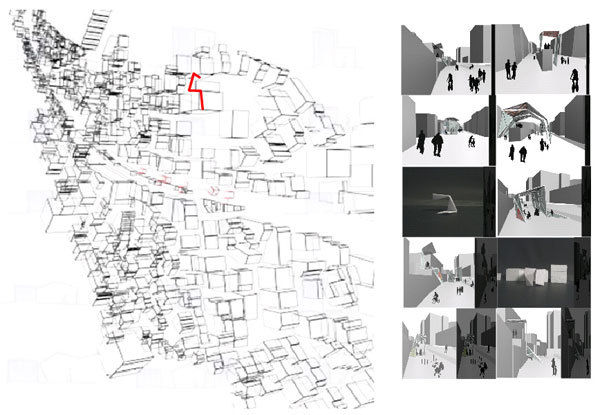
PRIZE OF EXCELLENCE
.jpg)
Lee Dong Gyun, Park Sun Yong
Sungkyunkwan University
Urban - Cultural void
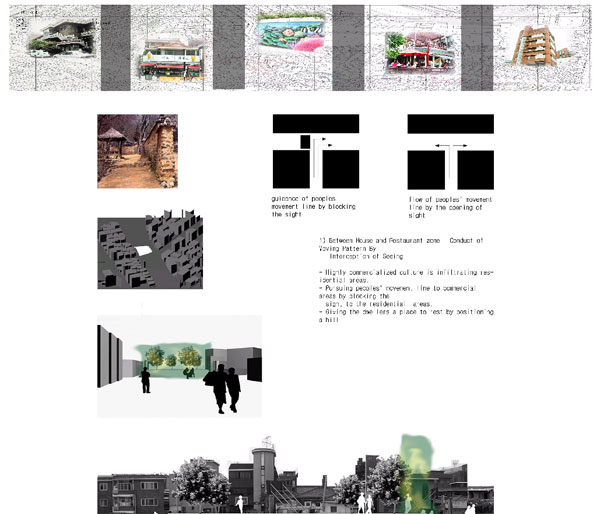
SPECIAL PRIZE
.jpg)
Jeon Moon Jae, Yoon In Sub, Lee Sang Hoon
Chungbuk University
To Tame Infra
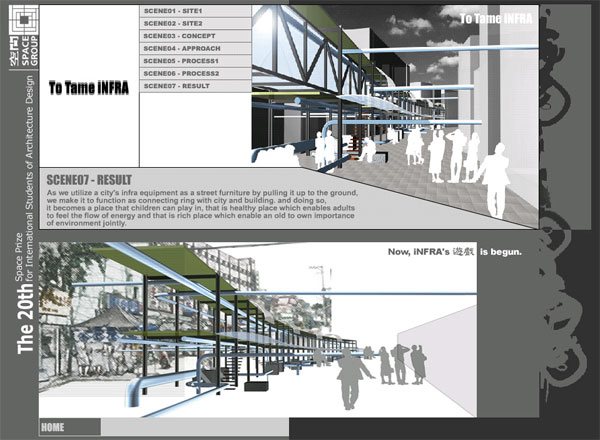
.jpg)
Nam Deok Woo, Kim Ki Hyun, Shin Sang Kwon
Gongju University
Connection With Void And Solid
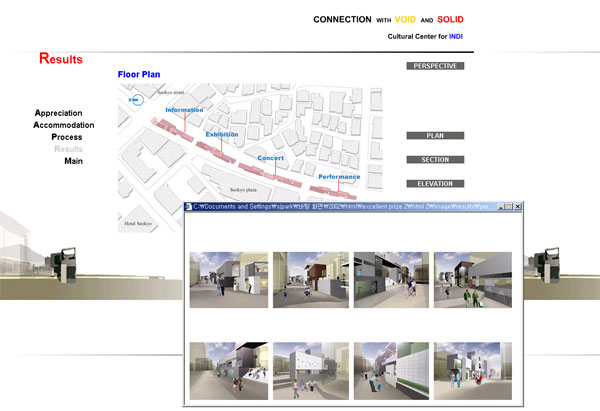
.jpg)
Tay Yanling Leow, Teck Lee
National University of Singapore
Urban Void
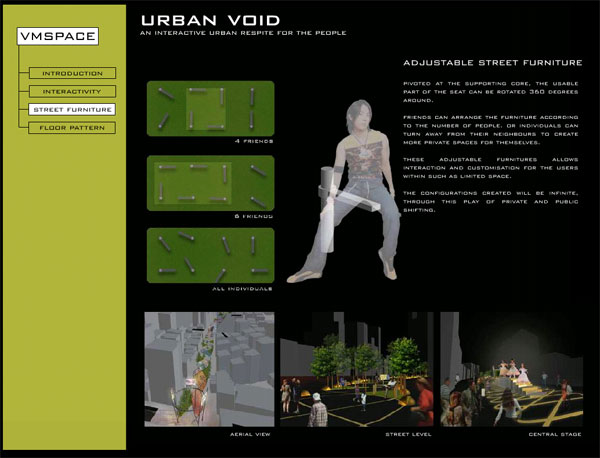
HONORABLE MENTION
No Honorable Mention






